Arriving in Laos
Many of you, like me, will begin your backpacking Laos adventure by crossing the border after backpacking in Vietnam, Thailand or Cambodia. Hopping the border overland is easy, quick, and visas can usually be arranged on arrival.
I have entered Laos from both Vietnam and Thailand. For a Southeast Asian country, Laos is relatively well organized on the border and I’ve picked up visas on arrival a total of three times now without any problems.
The most cost-effective way to cross the border is usually by local bus but you can also catch tourist buses, which are more comfortable and have better connections – e.g. Bangkok to Vang Vieng. If you have hitched a ride to the border, you can simply walk across and arrange onwards transport on the other side.
If you are planning on flying to Laos, it is likely you will land in Luang Prabang, Vientiane, or Pakse. The likes of Air Asia and Thai Smiles are your cheapest option to fly into Laos from within Asia. If you are travelling to Laos on an international flight, you can get great deals with Vietnam Airlines via Ho Chi Minh or Hanoi, Etihad via Abu Dhabi, and Bangkok to Vientiane or Luang Prabang.
Here is how to get the cheapest flight to Laos

Entry Requirements for Laos
Laos – like its neighbours – is easily accessible for the majority of nationalities. Most of us will be able to get our visas on arrival, whether that is by land, boat or plane, the process is the same. On arrival, typically, you will receive 30 days to travel and explore Laos which is usually long enough to get a taste of Laos.
The visa on arrival costs roughly $35 so make sure to have cash on you!
If you are entering by land make sure to have at least two passport sized photos with you, proof of some kind of onward travel (even if it’s a flight home from another country), and $35 cash.
ALternatively, Laos has now initiated an eVisa system for more than 180 countries worldwide. If you’d like to get set ub before you arrive, or are unable to obtain a visa on arrival, you can apply for an evisa for Laos online.
If you’re planning to stay longer than thirty days in Laos, you can extend your visa easily at the consulate in Vientiane. It only costs an additional $2 a day, nothing compared to the ten dollars a day you’ll be charged if you illegally overstay your visa…!
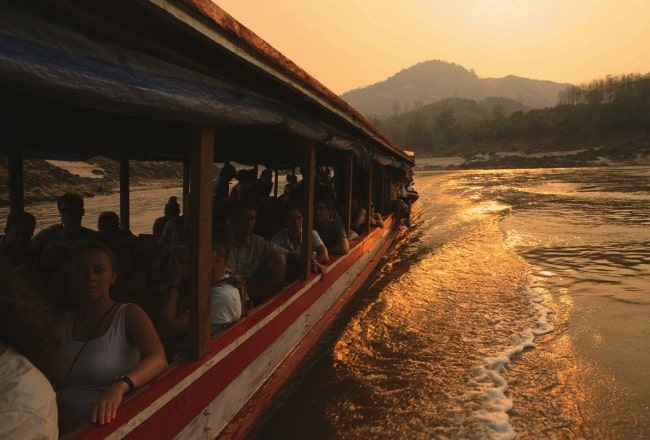
Getting around Laos
Getting around Laos can be a challenge. The roads are poor, and you’ll likely have to navigate several mountain passes to get anywhere. Nothing is ever on time, and even short trips can turn into endless journeys.
City Transportation – Local public transportation starts around 2,000 LAK ($0.25 USD) and goes up from there based on distance. Taxis and tuk-tuks (small shared taxis with no meter) will require a bit of haggling and cost more than local transportation. If you have a destination in mind, ask the staff at your hostel how much you should expect to pay.
Flying – I don’t recommend flying unless you are super pressed for time. Domestic flights are costly, and there are frequent cancellations. Even booking far in advance, a flight from Vientiane to Luang Prabang will cost you 867,940 LAK ($100+ USD) for a 50-minute flight. But if you must, these are Laos’ airlines:
Bus – Buses are the most common way to get between cities. Ticket prices vary between 80,000-130,000 LAK ($9-15 USD) for a five to six-hour ride. Local buses are pretty uncomfortable, and many don’t have air conditioning, but they’ll get you from point A to point B around the country. In busier towns, you’ll be able to purchase your ticket from just about any tour operator. This will include transit from your hotel/hostel to the station. Otherwise, you can show up at the city’s bus station. A trip from Vientiane to Luang Prabang or Pakse shouldn’t cost more than 100,000 LAK ($11.50 USD).
There are also plenty of air-conditioned “VIP” buses. For example, a trip from Vientiane to Luang Prabang is just 130,190 LAK ($15 USD). Overnight buses cost 150,000-200,000 LAK ($17-23 USD) depending on the distance. You can usually buy tickets for these buses from your hostel/hotel. You can use 12go.asia to compare prices.
If you’re looking to head into a neighboring country, a bus from Vientiane to Hanoi will cost around 330,000 LAK ($38 USD). There is also a direct route between Luang Prabang and Chiang Mai starting from 415,416 LAK ($48 USD), but keep in mind the ride is at least 20 hours. A bus from Vientiane to Bangkok takes about 15 hours and costs about 389,452 LAK ($45 USD).
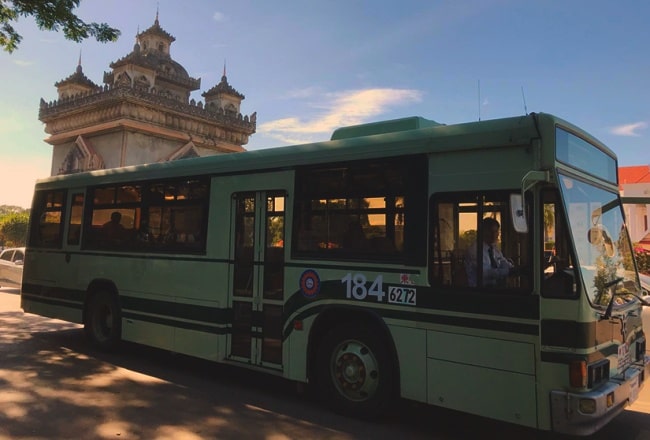
Boat – One of the most popular ways to see Laos is via a slow boat between Huay Xai and Luang Prabang on the Mekong River. The journey takes two days, and the trip costs from about 250,000 LAK ($30 USD) per person. For a higher-end guided experience, you’ll pay more like 1,000,000 LAK ($115 USD).
For short trips (like Luang Prabang to the Pak Ou Caves), you can hire a river taxi from about 86,795 LAK ($10 USD) per hour.
Here is how to get around in Laos
Hitchhiking in Laos
Hitchhiking in Laos is relatively easy and a viable way to save money.
The main highway, Route 13, stretches from Luang Prabang to the Cambodian border and is a popular hitchhikers route. Make sure you hit up the highway during daylight hours. No one will see you in the night and drivers can be mental once the sun goes down!
Away from the main highway stretch, expect short lifts as cars and tourist buses become less frequent. Traveling by hitchhiking is a great and popular way to get around when backpacking in Laos. The local people are friendly and many backpackers in Laos hitch so you shouldn’t run into to much surprise from drivers.
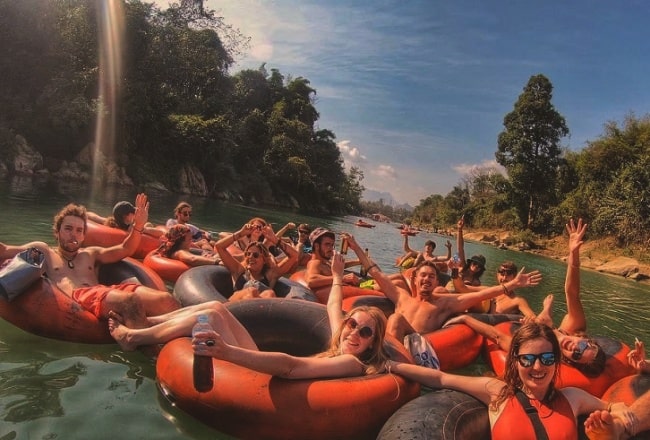


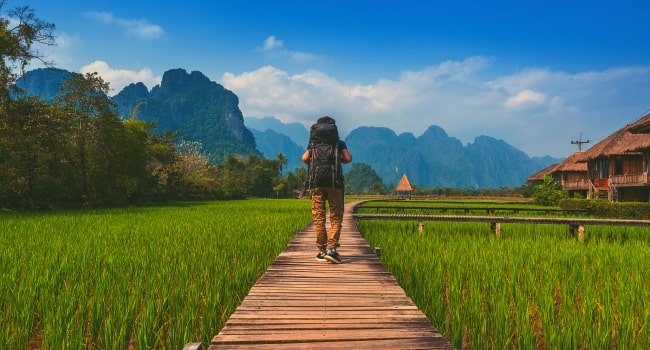

 05/01/2026
05/01/2026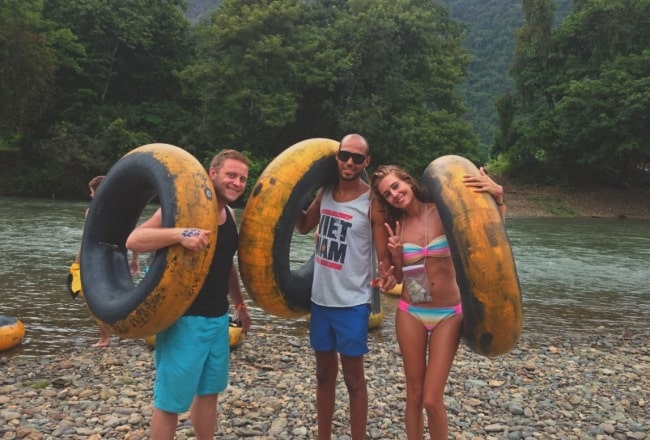
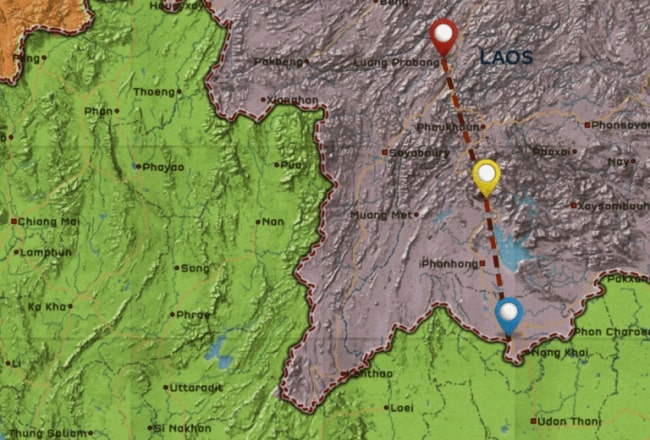
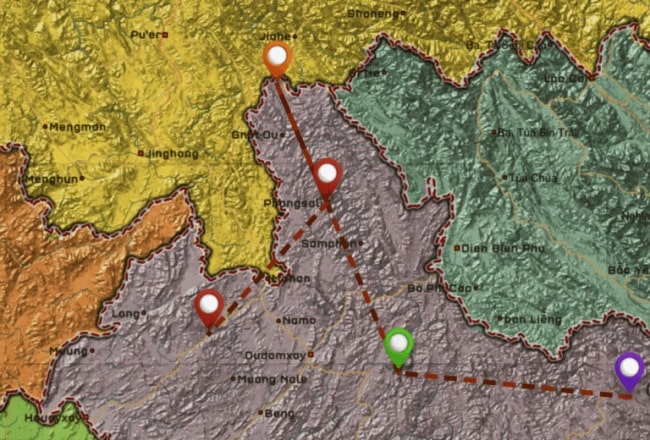
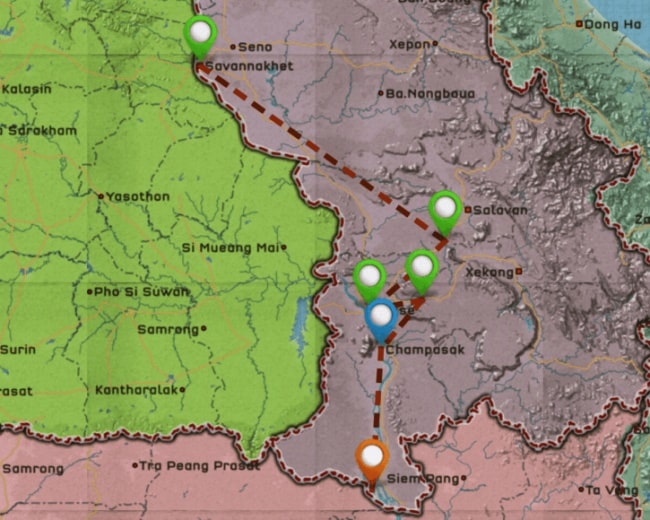
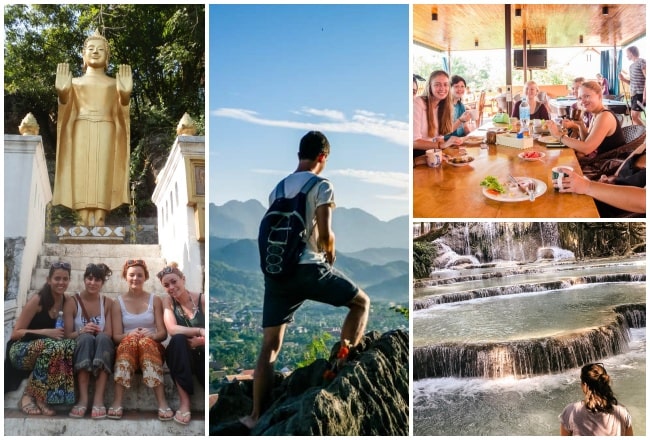
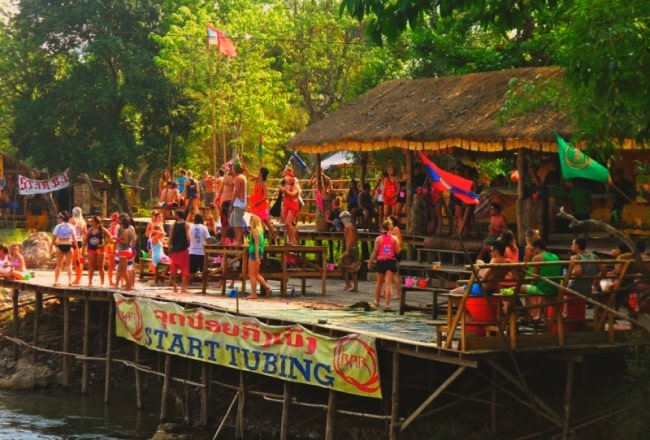
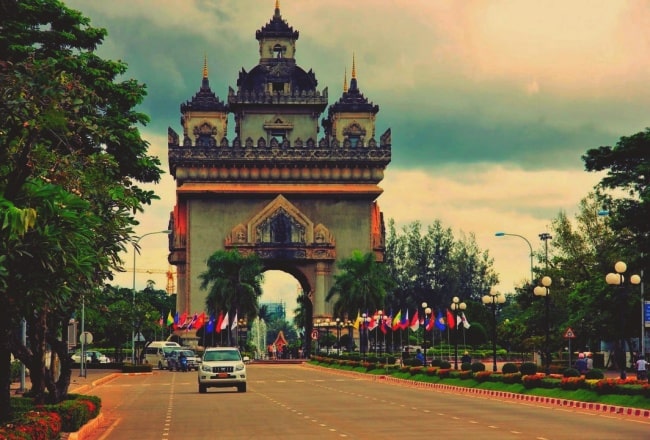
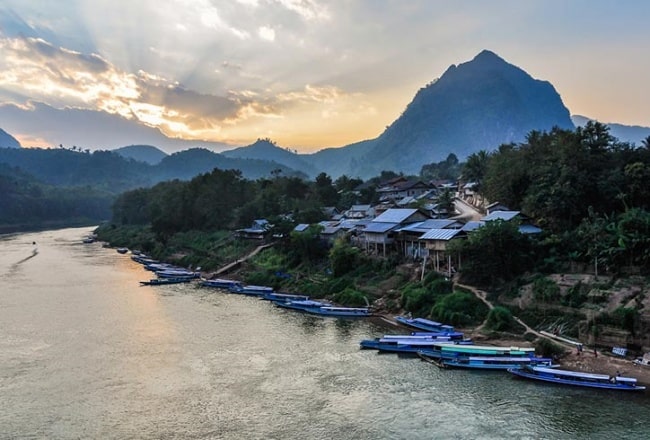
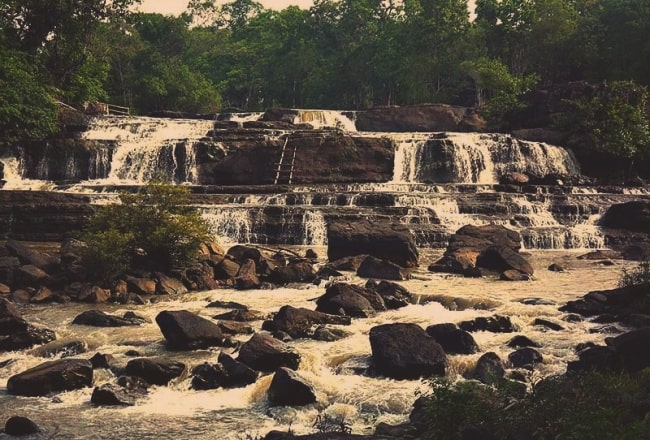
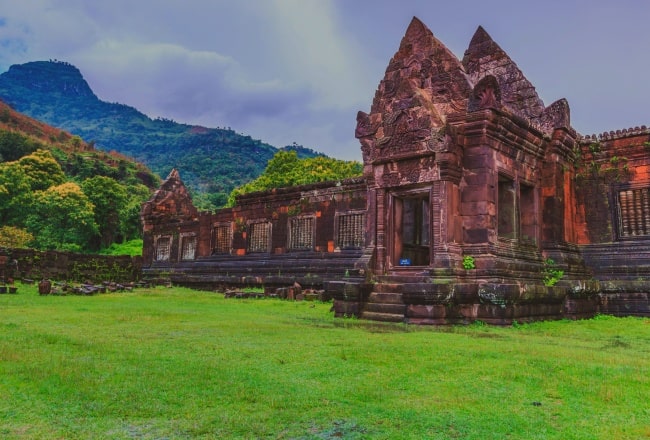
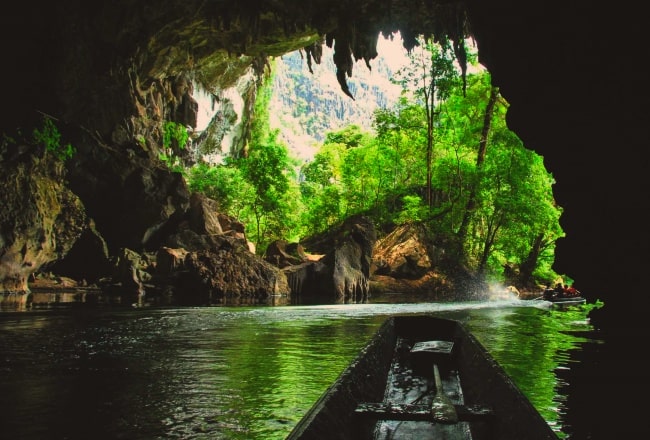
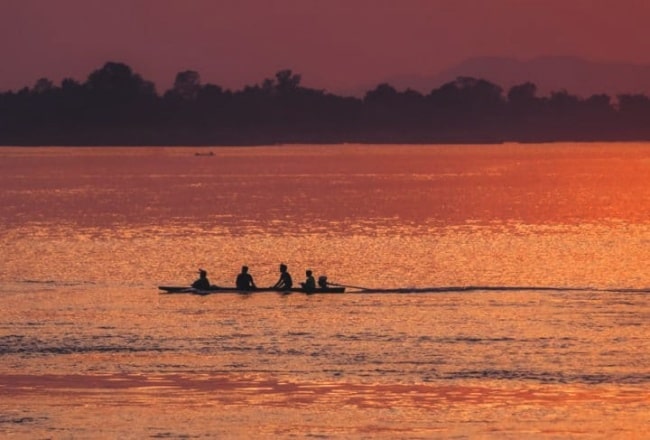
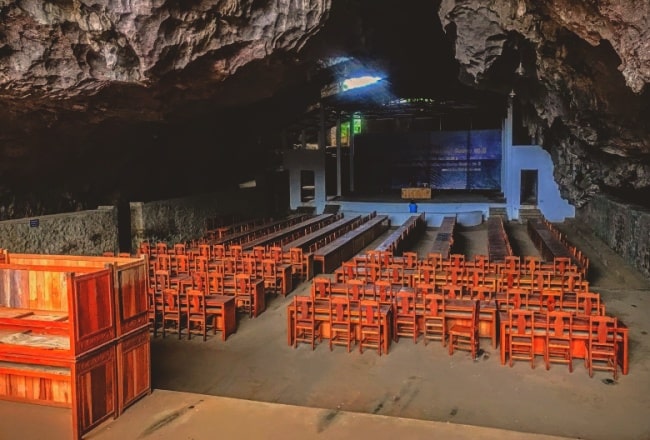
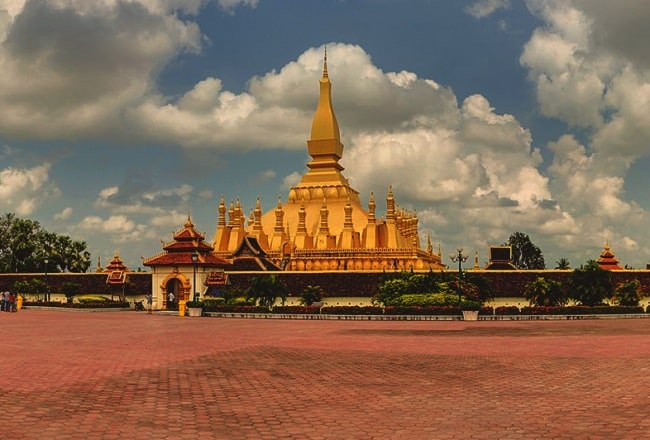
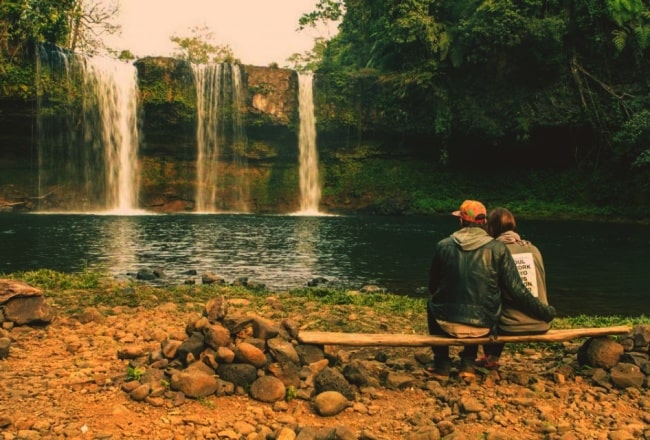
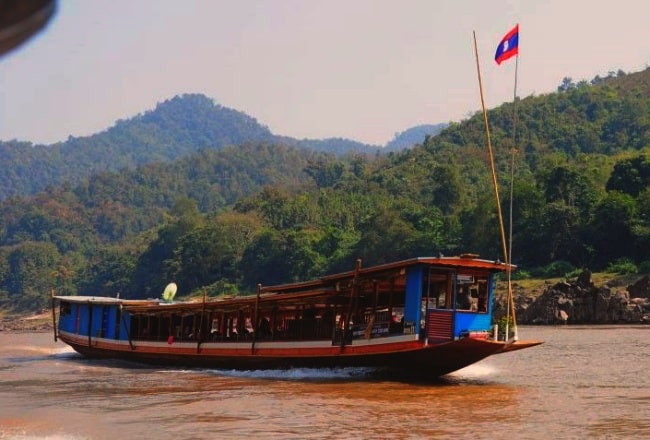
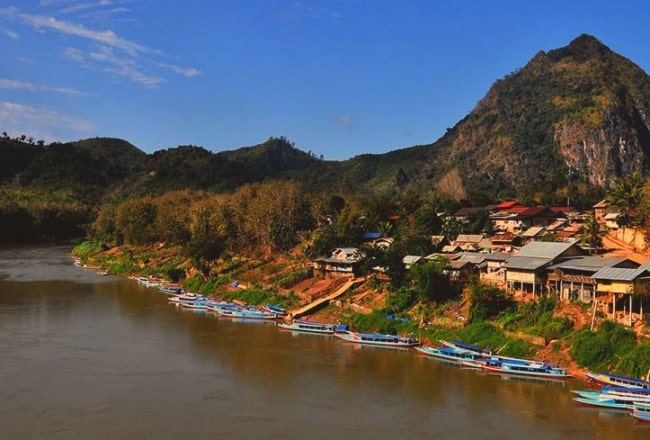
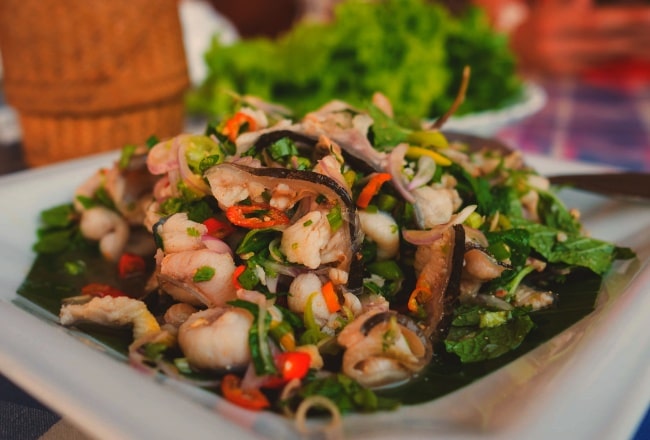
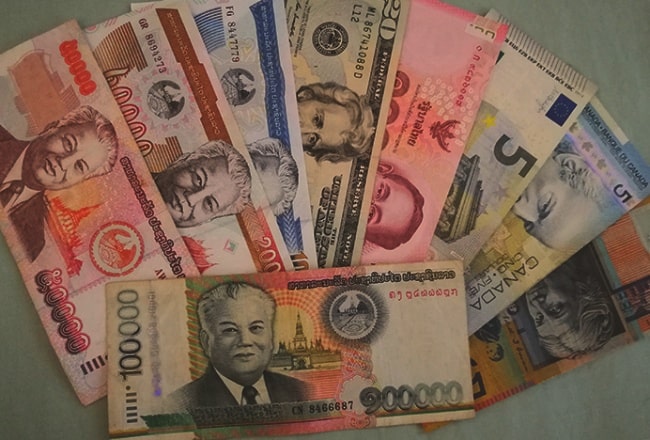
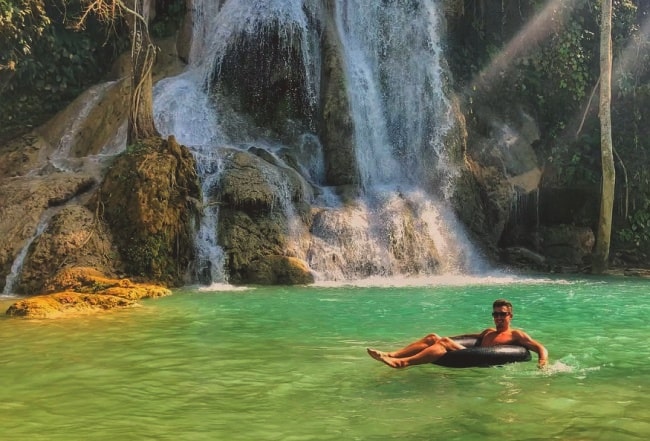
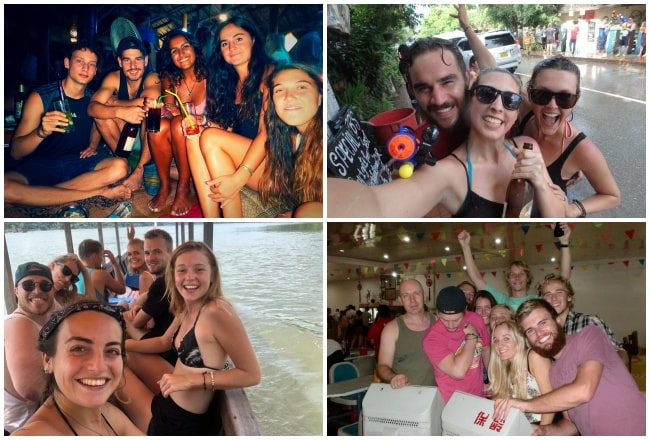
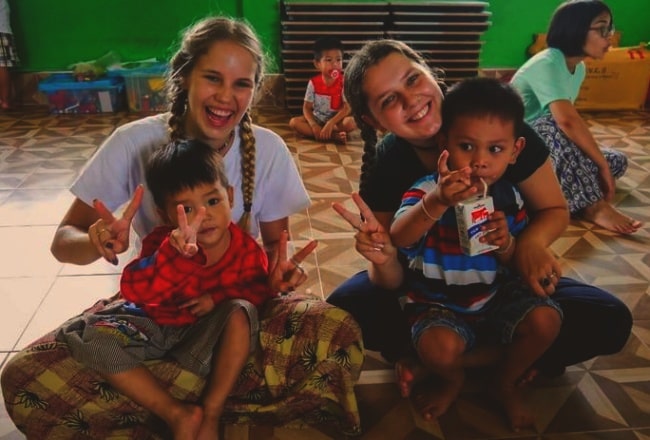
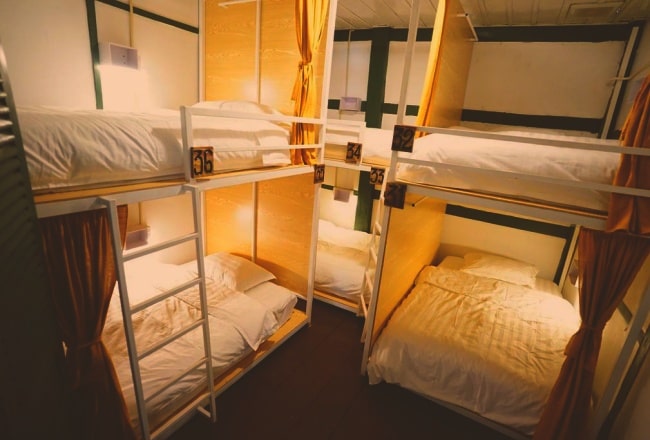



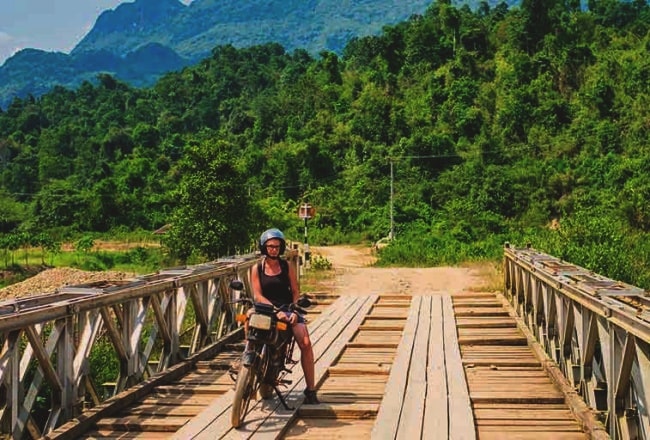
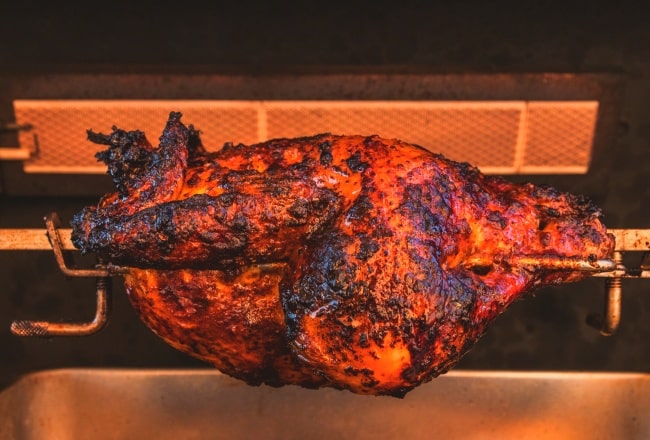
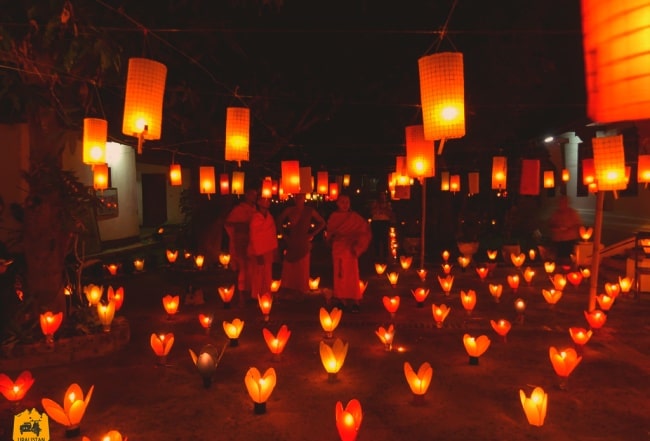
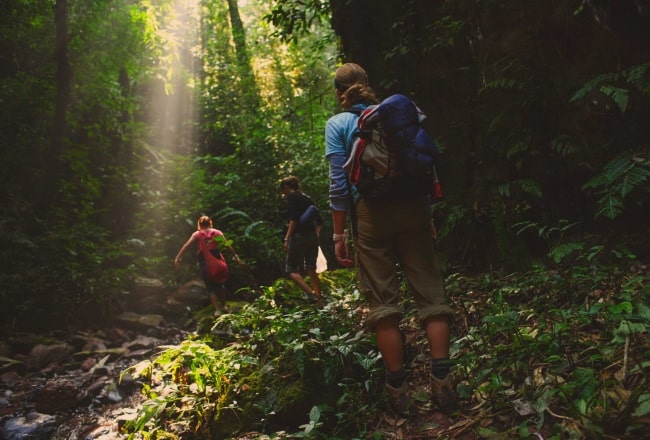
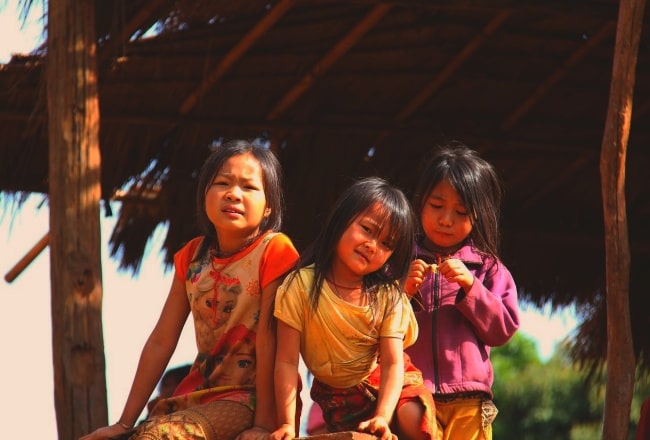
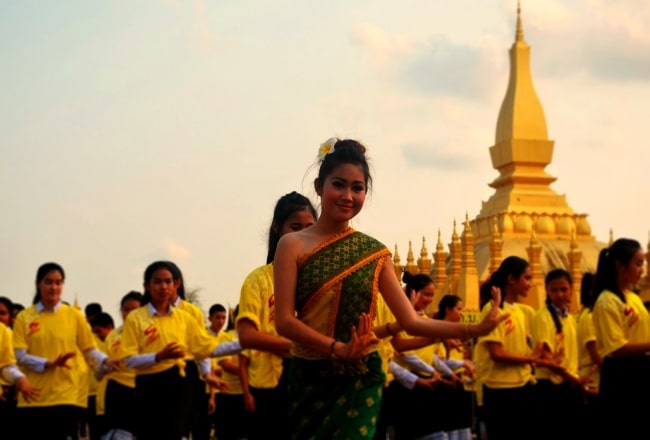
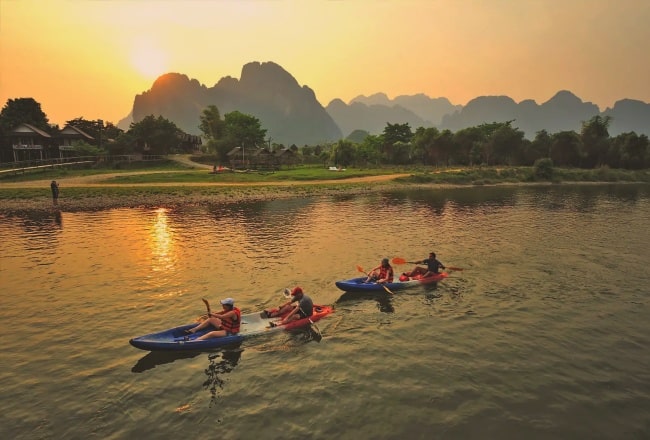
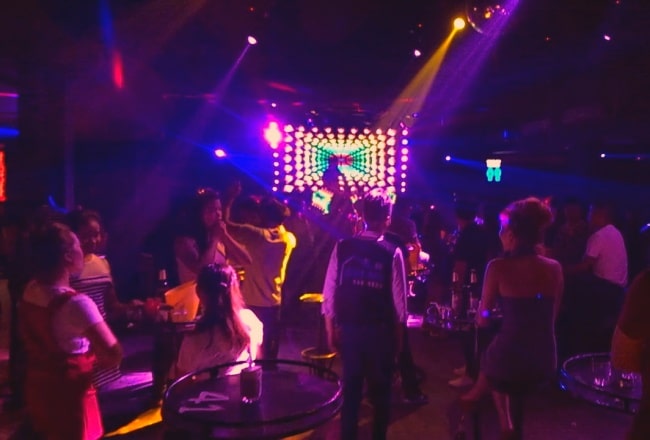
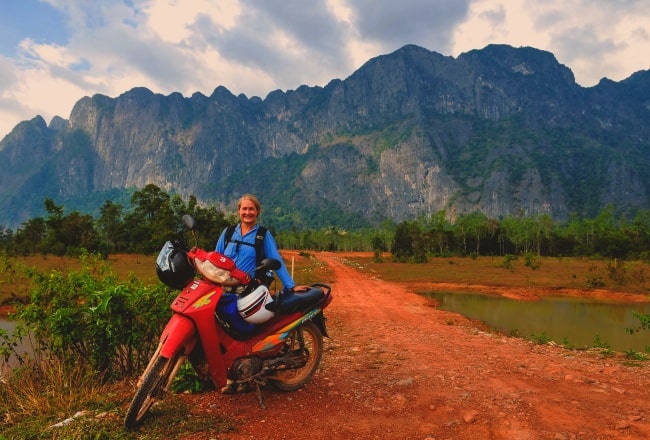
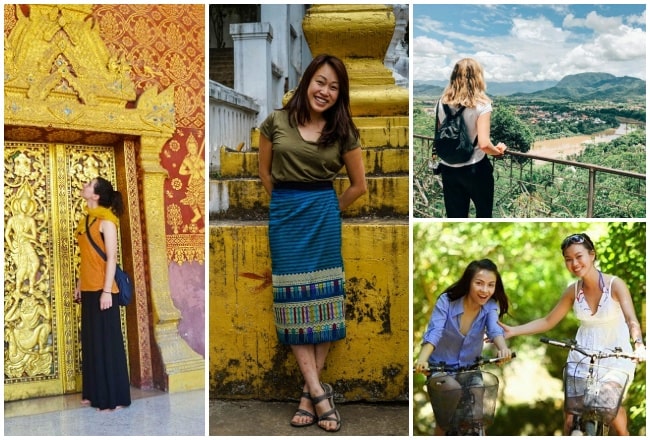
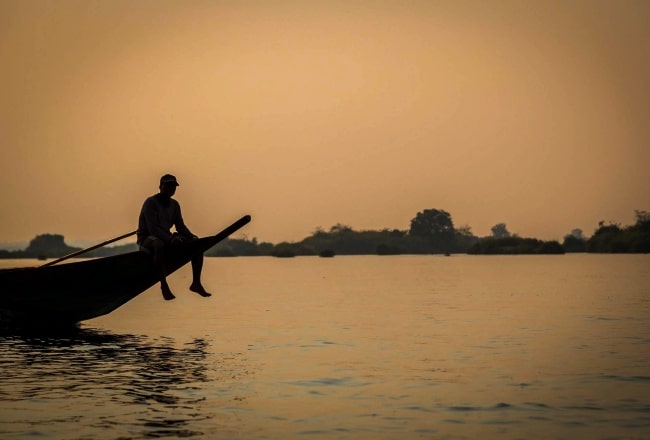
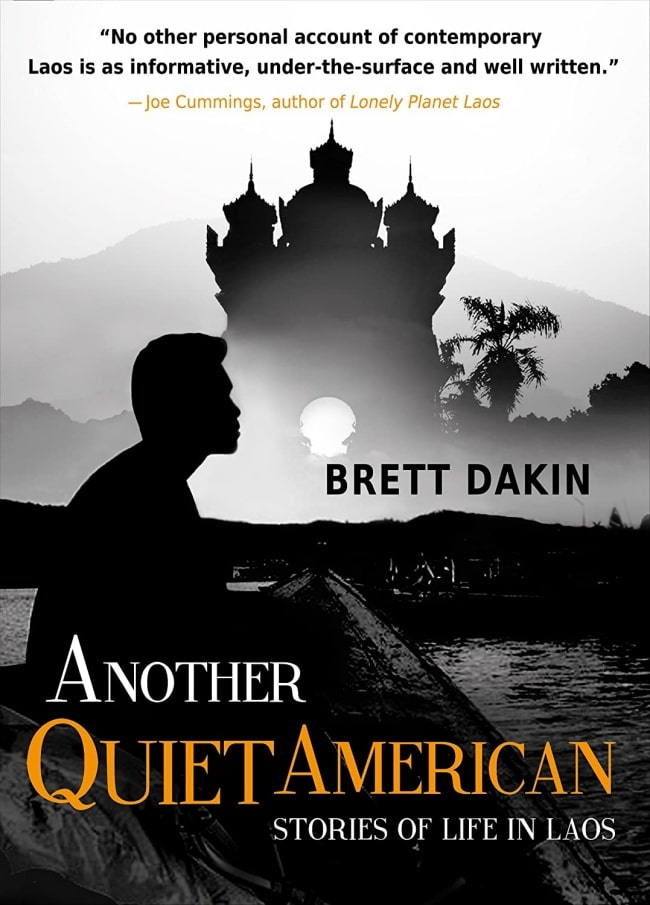


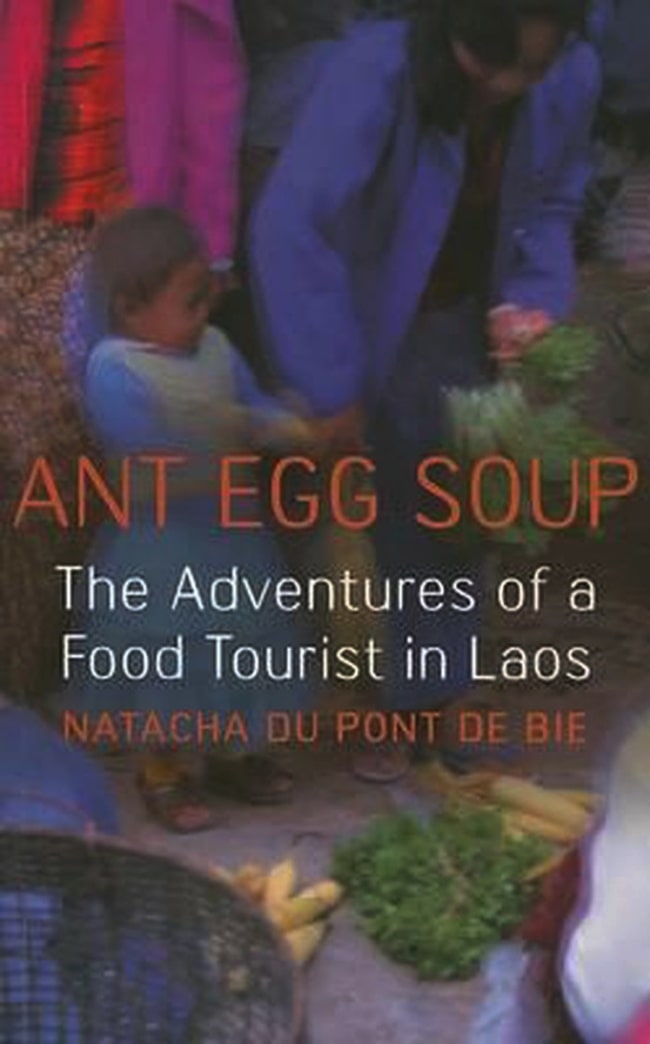
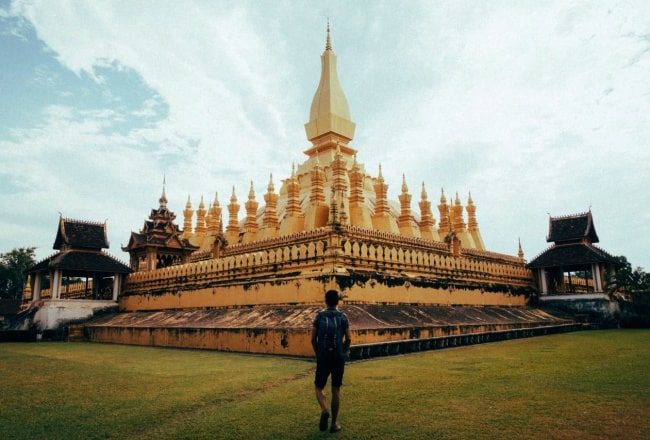
















Jordan VituHello, my name’s Jordan and I’m obsessed with travelling overland. Seeing how cultures change while travelling slowly captivates me; and doing so in an eco-friendly way, preserving the cultures and landscapes that so many travellers yearn to explore, has given me my travelling purpose.